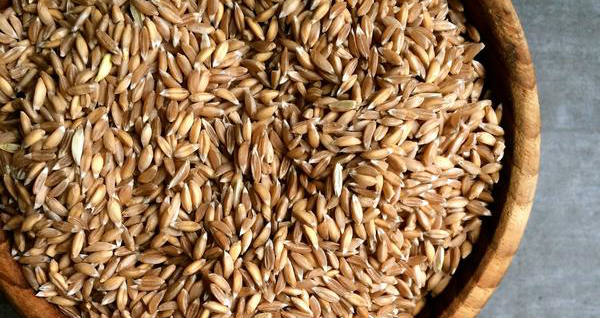"Multiregional origins of the domesticated tetraploid wheats” is the title of the article by the researcher at the Interdisciplinary Center for Archeology and Evolution of Human Behavior (ICArEHB) at the University of Algarve, Hugo Oliveira, published on January 22, in the open access scientific journal PLOS ONE.
This article, written in conjunction with a team from the University of Manchester, derives from an investigation into the complex origins of wheat, namely from a species that has been little cultivated but is the ancestor of today's wheat, Farro. Until the beginning of the XNUMXth century, this wheat was cultivated in Portugal, and the word “flour” is derived from it.
This species was one of the first to be domesticated by humans, and this was an important step in the transition between hunting-gathering and agriculture.
While archeological records suggest that cultivation began in the southern Levant area, on the eastern border of the Mediterranean Sea, about 9500 years ago, genetic studies have pointed to its origins in the northern region of the Fertile Crescent, present-day Turkey.
To clarify the origins of Farro, researchers examined 189 domesticated varieties of Farro, durum wheat (used for pasta and couscous) and its wild ancestor (Triticum dicoccum subsp. dicoccoids) and used more than a million genetic variations to discover the relationships between different types of wheat.
Based on that analysis, the researchers propose that wild Farro varieties, cultivated by humans but not yet domesticated, have spread from southern Levant to southeastern Turkey, where they have mixed with a local wild Farros population, producing the first. domesticated variety. The results of this hybridization can still be detected in wild Farros existing in Turkey today.
The complex evolutionary relationships between wild Farros and cultivated wheat varieties discovered in this investigation are similar to the crossover that has occurred between other wild and cultivated grain crops such as barley and rice.



















Comments